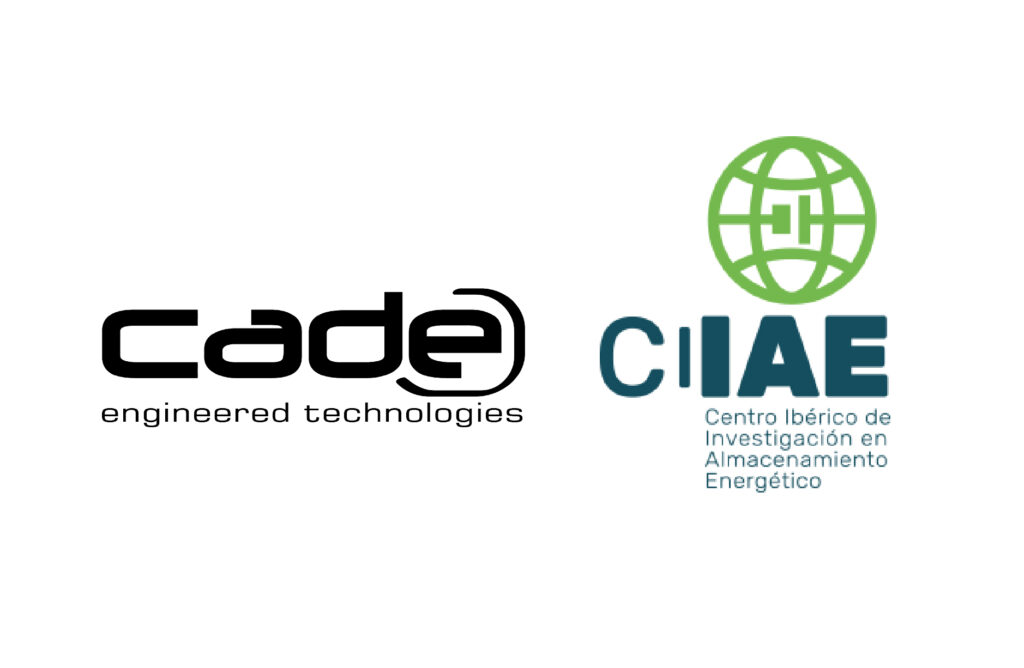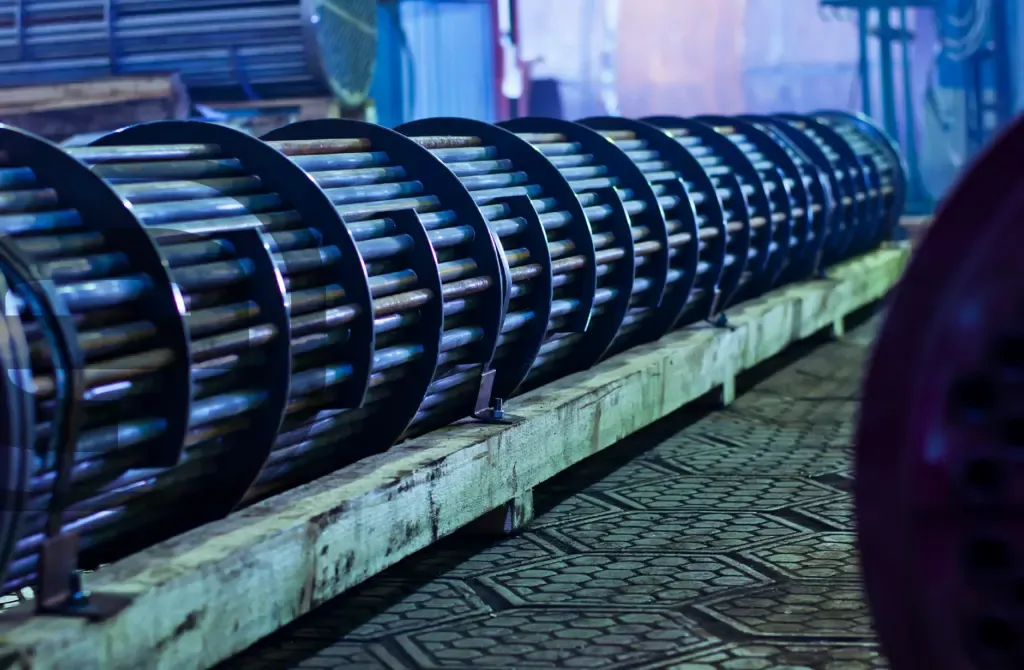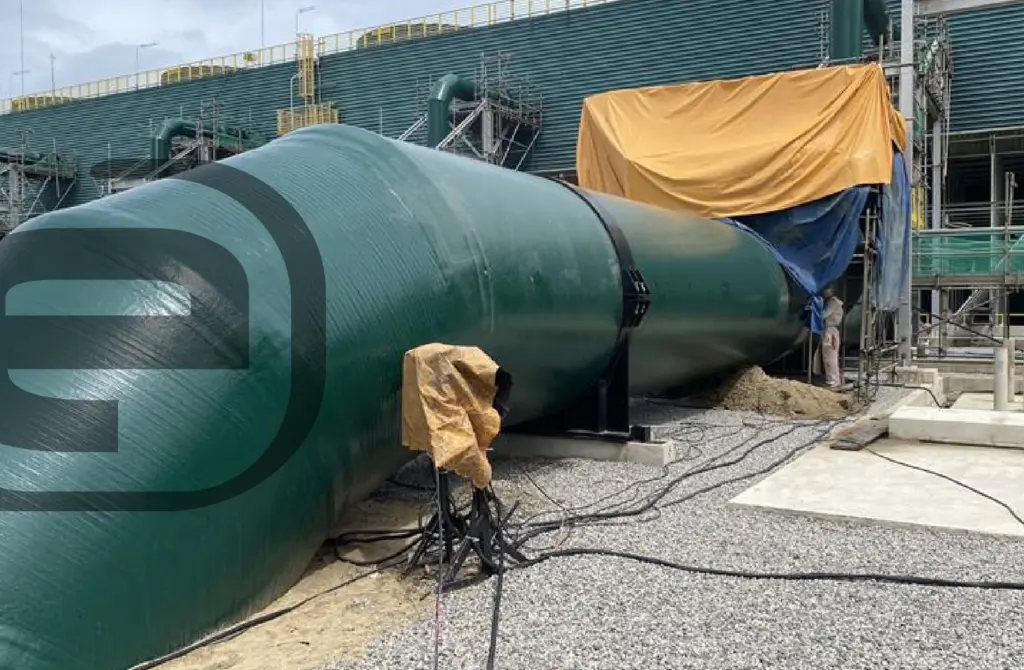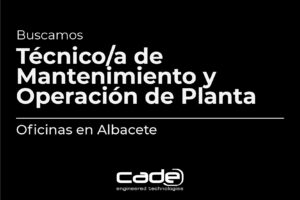In modern industry, worker safety is an absolute priority, especially in environments where heavy machinery is used in industrial production processes. These activities, essential for producing high-precision and quality components, carry inherent risks due to material fragmentation, such as splinters and part fragments. Ensuring a safe environment is not only a moral and legal obligation but also crucial for operational efficiency and long-term sustainability.
Risks Associated with Industrial Production Processes
Certain industrial processes (turning, milling, molding…) in manufacturing involve material modification through the application of external forces. During these operations, it is common for splinters or fragments to be generated, which can become detached and pose a significant danger to workers. These risks include:
- Direct Physical Injuries: Splinters and fragments can cause cuts, bruises, or even penetrate the skin, leading to serious injuries.
- Eye Damage: The eyes are particularly vulnerable to flying fragments, which can result in temporary or permanent damage.
- Respiratory Hazards: Dust and small particles can be inhaled, leading to short- and long-term respiratory problems.
- Operational Disruptions: Safety incidents can halt production, affecting productivity and causing economic losses
Traditional Safety Measures
Historically, various safety measures have been implemented to mitigate these risks, such as:
- Personal Protection: Use of personal protective equipment (PPE) like safety goggles, helmets, and gloves.
- Physical Barriers: Installation of screens and barriers around machines to contain fragments.
- Training: Worker training programs on safe operation procedures and machinery handling.
While these measures are effective to some extent, they are not always sufficient to completely eliminate risks. This is where advanced technology comes into play, particularly the use of analysis and simulation methods to design more robust safety systems.
The Role of Finite Element Analysis (FEA)
Finite Element Analysis (FEA) is a computational simulation technique that allows modeling and analyzing the response of structures and materials under various loading conditions. This tool is especially valuable in designing safety systems for forming and extrusion machinery, as it allows anticipating and mitigating the impacts of detached fragments.
Benefits of FEA in Industrial Safety
- Precision in Impact Prediction: FEA enables highly accurate modeling of material and structural behavior, predicting where and how fragment detachment may occur.
- Optimization of Barrier Design: Through simulation, more effective physical barriers can be designed to contain fragments, avoiding the need for trial-and-error methods.
- Material Evaluation: Simulation helps select the most suitable materials for safety barriers by evaluating their strength and impact-absorption capacity.
- Cost Reduction: By anticipating problems and designing optimal solutions before manufacturing, costs associated with failures and redesigns are reduced.
Practical Applications of FEA
One practical example of FEA use is the simulation of splinter impacts on a protective barrier. By creating a computational model of the barrier and applying forces representing fragment impacts, stress and strain distributions in the barrier can be analyzed. This helps identify weak points and reinforce them before manufacturing the real barrier.
Another example is simulating the dispersion of particles in the air, evaluating how they move and what barriers or ventilation systems are necessary to protect workers’ respiratory systems.
Integrating FEA into the Safety Strategy
Integrating FEA into a company’s safety strategy should be a systematic and ongoing process, which includes:
- Initial Risk Assessment: Identifying areas and operations with the highest risk of fragment detachment.
- Development of Computational Models: Creating detailed models of machinery and safety barriers using FEA software.
- Simulation and Analysis: Conducting simulations to evaluate the effectiveness of proposed safety measures.
- Implementation and Monitoring: Manufacturing and installing optimized barriers, followed by continuous monitoring to assess performance and make adjustments as needed.
Conclusion
Worker safety in industrial environments is a commitment that requires the adoption of advanced technologies like Finite Element Analysis. This approach not only improves worker protection from material fragmentation hazards but also optimizes operational processes and reduces long-term costs. By integrating FEA into their safety strategy, companies can create a safer and more efficient work environment, comply with legal regulations, and protect their most valuable asset: their workers.
Further information:
For any question or further information request about our services and technologies, please complete the following form:












